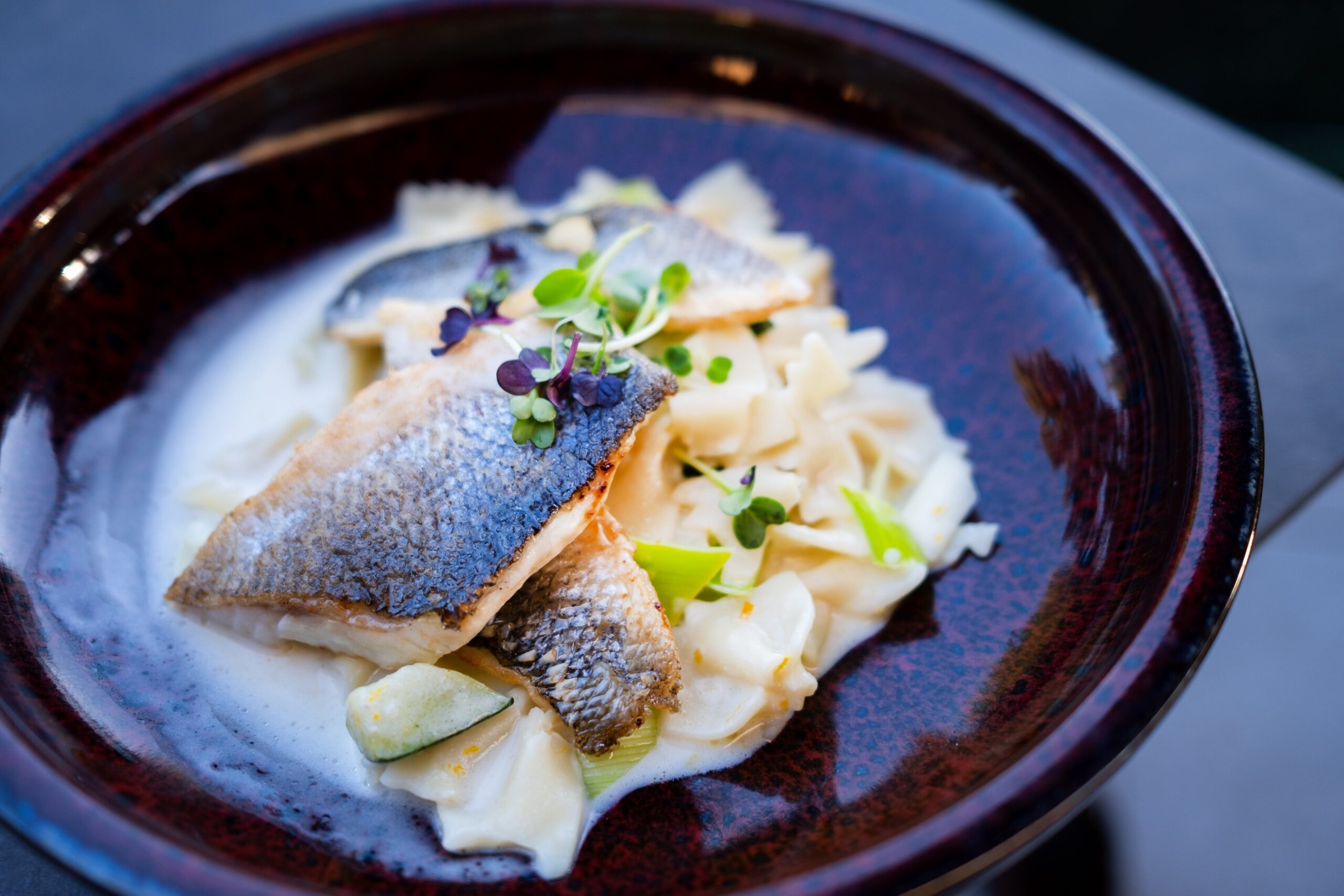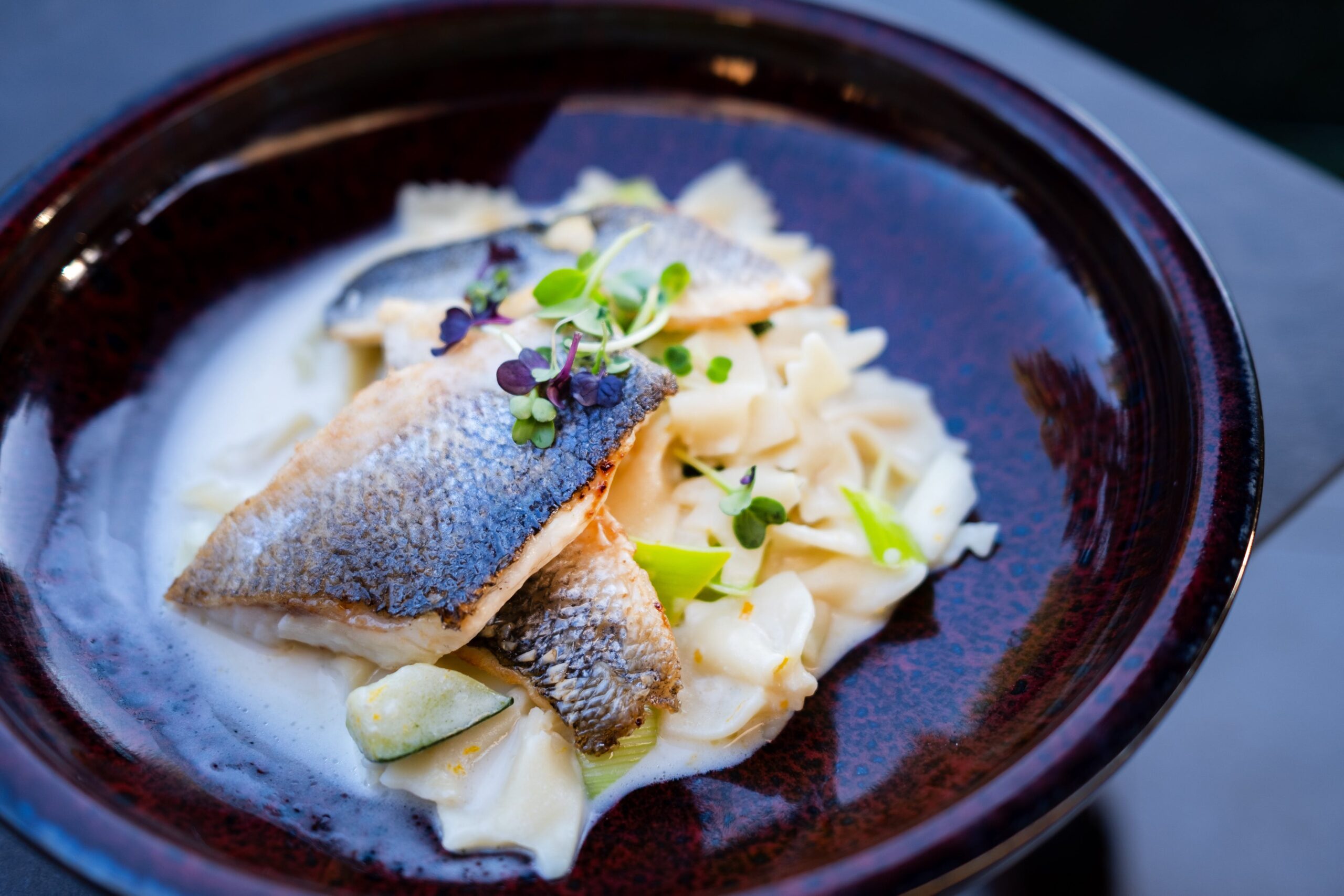Embark on a sensational culinary adventure through Asia with Tastepan.com’s collection of Thai and Japanese recipes. Whether you’re a food enthusiast in search of unique flavors or a beginner eager to explore new cuisines, our curated selection will take you on a gastronomic journey like no other. From the vibrant and aromatic Thai curries to the delicate and precise art of sushi-making in Japanese cuisine, you’ll discover the secrets behind these beloved Asian dishes. With our step-by-step instructions and expert tips, you can effortlessly recreate authentic flavors and elevate your cooking skills to new heights. Get ready to tantalize your taste buds and unlock the rich culinary traditions of Thailand and Japan.

Thai Cuisine
Introduction to Thai Cuisine
Thai cuisine is renowned for its bold flavors, vibrant colors, and fresh ingredients. It is a fusion of various culinary traditions, including Chinese, Indian, and Malay influences. Thai cuisine is known for its distinct balance of sweet, sour, salty, and spicy flavors, creating a harmonious and unforgettable dining experience.
Popular Thai Ingredients
To create these mouthwatering flavors, Thai cuisine relies on a variety of key ingredients. Let’s take a look at some popular ones:
Chili Peppers
Chili peppers are an essential ingredient in Thai cuisine, adding a fiery kick to many dishes. From mild to extremely spicy, chili peppers are used to create a range of flavors and heat levels.
Lemongrass
Lemongrass adds a lemony and slightly floral flavor to Thai dishes. It is often used to infuse soups, curries, and stir-fries with its unique aroma.
Galangal
Galangal is a root similar to ginger but with a distinct citrusy and earthy flavor. It is a key ingredient in many Thai curries, giving them a fragrant and zesty taste.
Coconut Milk
Coconut milk is widely used in Thai cuisine to add creaminess and richness to curries and desserts. It provides a delicate sweetness to balance out the spiciness of Thai dishes.
Fish Sauce
Fish sauce, made from fermented fish, is a staple in Thai cooking. It adds a salty and savory umami flavor to a wide range of dishes, enhancing their complexity.
Basil Leaves
Basil leaves, particularly Thai basil, contribute a unique aroma and flavor to Thai dishes. They are often used as a garnish or in stir-fries and curries to add a fresh and herbaceous touch.
Famous Thai Dishes
Thai cuisine boasts a plethora of mouthwatering dishes that have gained international popularity. Here are some famous Thai dishes you must try:
Pad Thai
Pad Thai is a stir-fried noodle dish that perfectly embodies the balance of flavors in Thai cuisine. It typically includes rice noodles, shrimp or chicken, tofu, bean sprouts, peanuts, and a tangy sauce.
Green Curry
Green curry is a spicy and aromatic curry made from green chili peppers, coconut milk, and a variety of herbs and spices. It is often cooked with chicken or beef and served with steamed rice.
Tom Yum Soup
Tom Yum Soup is a hot and sour soup known for its intense flavors. This iconic Thai dish combines ingredients such as lemongrass, lime juice, chili peppers, shrimp, mushrooms, and aromatic herbs.
Massaman Curry
Massaman curry is a rich and creamy curry with Persian roots. It features tender chunks of meat (often beef or lamb) cooked with an array of aromatic spices, coconut milk, potatoes, and peanuts.
Som Tum
Som Tum, also known as green papaya salad, is a refreshing and spicy salad made from shredded unripe papaya, cherry tomatoes, green beans, lime, fish sauce, and chili peppers. It is a popular street food dish in Thailand.
Thai Fried Rice
Thai fried rice, known as “Khao Pad” in Thai, is a flavorful and fragrant dish made with jasmine rice, vegetables, eggs, and a combination of sauces such as soy sauce and fish sauce. It is often served with a side of cucumber and lime.
Regional Variations in Thai Cuisine
Thai cuisine is not only diverse in flavors but also varies by region. Each region of Thailand has its unique culinary traditions and specialties. Let’s explore the regional variations in Thai cuisine:
Northern Thai Cuisine
Northern Thai cuisine is known for its heartier and milder flavors compared to the rest of Thailand. Influenced by the neighboring countries of Myanmar and Laos, dishes in this region often include sticky rice, grilled meats, and earthy flavors.
Southern Thai Cuisine
Southern Thai cuisine is characterized by its spiciness and the use of strong flavors such as turmeric, tamarind, and coconut milk. Seafood plays a significant role, reflecting the region’s coastal location.
Northeastern Thai Cuisine
Northeastern Thai cuisine, also known as Isan cuisine, is influenced by the neighboring country of Laos. Sticky rice, grilled meats, and fiery and tangy flavors are prominent in this region. Spicy salads, known as “larb,” are a specialty.
Central Thai Cuisine
Central Thai cuisine is the most well-known and widely available in Thailand. It incorporates a balance of flavors from different regions and is characterized by its intricate and visually appealing presentations.

Japanese Cuisine
Introduction to Japanese Cuisine
Japanese cuisine, often hailed as one of the healthiest in the world, is a true work of art. It emphasizes simplicity, precision, and the use of fresh, high-quality ingredients. Japanese dishes showcase an incredible range of flavors, textures, and culinary techniques.
Essential Ingredients in Japanese Cuisine
Japanese cuisine relies on a few essential ingredients to achieve its distinct flavors. Let’s delve into some key ingredients that define Japanese cooking:
Rice
Rice is the staple food of Japan and forms the foundation of many Japanese meals. It is cooked and seasoned in various ways, such as sushi rice, steamed rice, or rice cooked with dashi (a kombu and bonito-based broth).
Soy Sauce
Soy sauce, known as “shoyu” in Japanese, is a fundamental ingredient in Japanese cuisine. Made from fermented soybeans, wheat, and koji (a type of mold), soy sauce adds a savory, umami-rich flavor to many dishes.
Miso
Miso is a fermented soybean paste that plays a crucial role in Japanese cuisine. It is used to make miso soup, marinades, dressings, and as a seasoning for various dishes. Miso adds depth and complexity to the flavors.
Seaweed
Seaweed, such as nori, kombu, and wakame, is widely used in Japanese cuisine for its unique flavor and nutritional benefits. It is commonly used in sushi rolls, soups, and salads, providing a hint of saltiness and a slightly briny taste.
Fish and Seafood
With its vast coastline, Japan has a deep appreciation for fish and seafood. From the prized delicacy of sushi-grade fish to grilled or simmered seafood dishes, Japanese cuisine showcases the freshness and delicate flavors of the ocean.
Matcha
Matcha is a finely ground, powdered green tea that has gained worldwide popularity. Used in traditional tea ceremonies and as an ingredient in desserts, it adds a distinct grassy and slightly bitter flavor to Japanese sweets and beverages.
Popular Japanese Dishes
Japanese cuisine is beloved for its diverse range of dishes that appeal to all taste buds. Here are some popular Japanese dishes you should definitely try:
Sushi
Sushi is perhaps the most iconic Japanese dish, consisting of vinegared rice topped with various ingredients such as raw or cooked fish, seafood, or vegetables. It showcases the perfect marriage of flavors and textures.
Ramen
Ramen is a hearty and comforting noodle soup that has become a worldwide phenomenon. It features wheat noodles served in a flavorful broth, often topped with slices of pork, vegetables, and a soft-boiled egg.
Tempura
Tempura is a classic Japanese dish consisting of lightly battered and deep-fried seafood and vegetables. The batter is incredibly light and crispy, allowing the natural flavors of the ingredients to shine.
Sashimi
Sashimi is the art of serving raw fish or seafood in its purest form. It showcases the quality and freshness of the ingredients, typically sliced and served with soy sauce and wasabi.
Udon
Udon is a thick wheat noodle soup, often enjoyed during colder months. It features a savory broth, chewy udon noodles, and an assortment of toppings such as tempura, green onions, and kamaboko (fish cake).
Yakitori
Yakitori refers to skewered and grilled chicken, cooked over charcoal. The juicy and tender chicken is often seasoned with a flavorful glaze and can be served with various accompaniments, such as vegetables or eggs.
Culinary Traditions and Etiquette in Japan
Japanese cuisine is deeply rooted in tradition and holds great respect for culinary etiquette. Here are some important traditions and etiquettes to be aware of:
Kaiseki Cuisine
Kaiseki is a traditional multi-course dining experience that showcases the seasonality of ingredients and the culinary skills of the chef. It typically consists of several small, meticulously prepared dishes served in a specific order.
Tea Ceremonies
Tea ceremonies, known as “chanoyu” or “chado,” are highly respected cultural rituals in Japan. They center around the preparation, presentation, and consumption of matcha tea. Each movement and gesture carries symbolic meaning and harmony.
Chopstick Etiquette
Using chopsticks is the norm in Japanese dining. It is important to observe proper chopstick etiquette, such as not crossing or sticking them upright in a bowl of rice and not using them to pass food directly between chopsticks.
Dining Etiquette in Japan
In Japan, it is customary to say “itadakimasu” before eating to express gratitude for the meal. When finished, saying “gochisousama deshita” shows appreciation for the food and hospitality. It is also polite to try to finish everything on your plate.
Embarking on a culinary journey through Thai and Japanese cuisine opens up a world of flavors, techniques, and cultural traditions. From the fiery and vibrant dishes of Thailand to the delicate and precise art of Japanese cuisine, these culinary delights are sure to leave a lasting impression. So go ahead, explore Thai and Japanese recipes, embrace the rich flavors, and embark on your own gastronomic adventure. Happy cooking and bon appétit!


